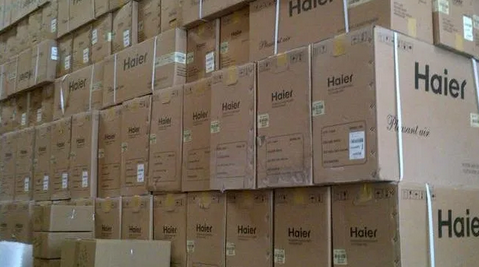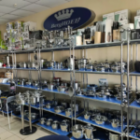As a business owner, you have a variety of options when it comes to sourcing inventory for your store. One option is to purchase regular inventory, which consists of new items that have not been previously sold. Another option is to purchase stock lots, which are large quantities of items that may include overstock, discontinued items, or returns. Both options have their advantages and disadvantages, and in this post, we’ll explore the pros and cons of purchasing stock lots versus regular inventory.
Pros of Purchasing Stock Lots
- Lower Cost – One of the biggest advantages of purchasing stock lots is that they are often sold at a lower cost than regular inventory. This can be especially beneficial for new businesses or those looking to increase their profit margins.
- Large Quantities – Stock lots are typically sold in large quantities, which can help ensure that you have plenty of inventory on hand to meet customer demand.
- Unique Products – Stock lots often include items that are not commonly found in regular inventory, which can be appealing to customers looking for unique or hard-to-find items.
- Environmentally Friendly – Purchasing stock lots can be more environmentally friendly, as it helps reduce waste by repurposing items that might have otherwise been discarded.
Cons of Purchasing Stock Lots
- Inconsistent Quality – Because stock lots often consist of overstock, discontinued items, or returns, the quality of the items can be inconsistent. Some items may be in perfect condition, while others may have minor defects or be damaged.
- Limited Choice – Stock lots are sold as-is, which means that you may not have much choice in the items you receive. This can be challenging if you are looking for specific products to meet customer demand.
- Storage Challenges – Because stock lots are often sold in large quantities, you may need to invest in additional storage space to accommodate the inventory.
Pros of Purchasing Regular Inventory
- Consistent Quality – Regular inventory is new and has not been previously sold, which means that you can expect a consistent level of quality across all items.
- Wide Selection – Purchasing regular inventory gives you the flexibility to choose the products that best meet the needs of your business and customers.
- Predictable Demand – Because regular inventory is new and in-demand, you can predict customer demand more accurately and plan your inventory accordingly.
Cons of Purchasing Regular Inventory
- Higher Cost – Regular inventory is often sold at a higher cost than stock lots, which can be a challenge for new businesses or those looking to increase profit margins.
- Limited Quantities – Because regular inventory is new and in-demand, quantities may be limited, which can make it difficult to keep up with customer demand.
- Environmental Impact – Purchasing regular inventory can have a greater environmental impact, as it contributes to the production of new products and increased waste.
In conclusion, both purchasing stock lots and regular inventory have their pros and cons. Ultimately, the choice comes down to the needs of your business and the preferences of your customers. By carefully evaluating the advantages and disadvantages of each option, you can make an informed decision that will help drive the success of your business.







